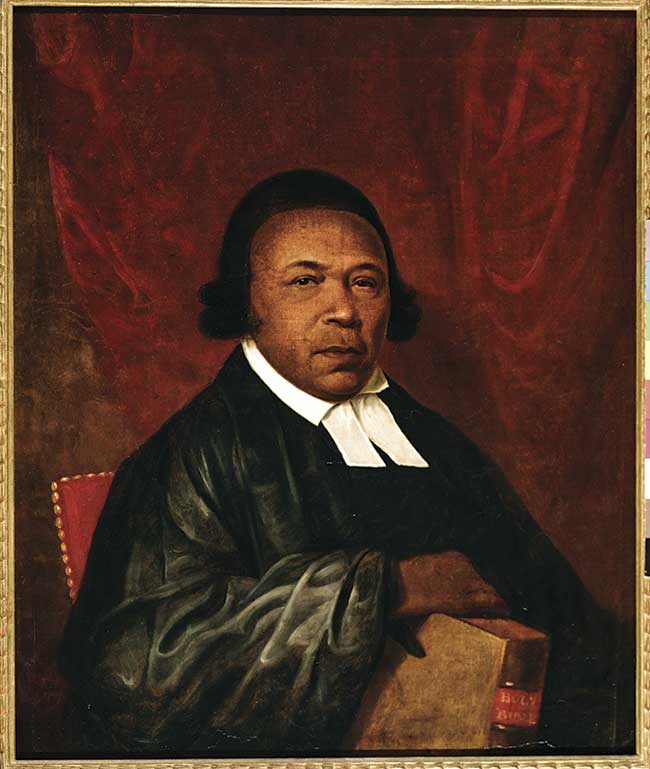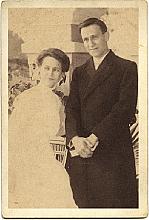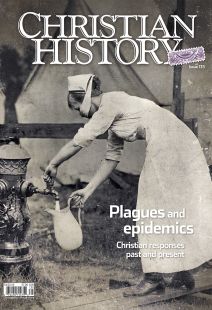“The Lord brought all this dying”

[Absalom Jones, 1810 (oil on paper), Peale, Raphaelle. Delaware Art Museum. Gift of Absalom Jones School / Bridgeman Images]
Between 1793 and 1795 a wave of yellow fever outbreaks along the Atlantic seaboard struck Philadelphia, New Haven, Connecticut, Baltimore, and New York City. The first wave in Philadelphia was particularly gruesome; 4,000 to 5,000 died out of 50,000. Roughly 20,000 fled the city between August and October during the peak of the crisis. The death toll was greatest in Lutheran and Quaker congregations.
When Methodist Francis Asbury (1745–1816) arrived in the city on September 6, he remarked “I judge the people die from fifty to one hundred in a day: some of our friends are dying, others flying.” Lutheran minister John H. C. Helmuth’s diary gave frequent updates on the dead and a weekly report of the funerals that he conducted. In the peak week, he buried 130. His housemaid wanted to quit her job for fear of contracting the virus from him.
Churches continued to meet throughout the crisis. The city prohibited the tolling of church bells and advised that funerals be private. But no prohibition was placed on congregational gatherings, and Helmuth‘s churches were full in mid-September.
The pervasiveness of death caused a grim fatalism. On November 3, Helmuth wrote in his diary: “The Lord brought all this dying to our town. He makes no differences in his punishment.” He later recounted that the crisis was God’s judgment on the city for Sabbath breaking and the introduction of more theaters. The Philadelphia Society of Friends issued a letter to the legislature of Pennsylvania to ask for the “total abolition of Theatrical Exhibitions.”
Yet the crisis also provided ministry opportunities. The Free African Society—a nondenominational religious organization devoted to helping African Americans gain their freedom—assisted with voluntary medical aid as well as burying the dead. Congregations who gave educational assistance to orphans ultimately birthed Sunday schools in America.
By Barton Price
[Christian History originally published this article in Christian History Issue #135 in 2020]
Barton Price, lecturer at Purdue University-Fort WayneNext articles
“The sickness of others”
The flu pandemic of 1918–1919 swept through crowded neighborhoods.
Janine Giordano DrakeE. Stanley Jones: Did you know?
From a poor Baltimore childhood to friendship with Gandhi, E. Stanley Jones had a remarkable life
Robert G. Tuttle Jr.Editor's note: E. Stanley Jones
I was introduced by Jones to the Way, the Truth, and the Life
Jennifer Woodruff TaitSupport us
Christian History Institute (CHI) is a non-profit Pennsylvania corporation founded in 1982. Your donations support the continuation of this ministry
Donate







